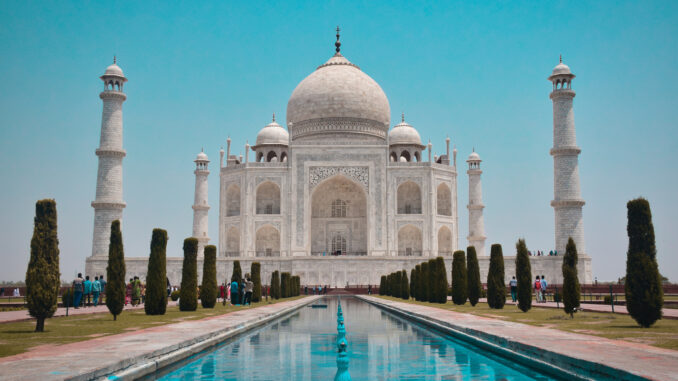
When Indian emperor Shah Jahan built the original Taj Mahal as a mausoleum for his dead wife Mumtaz in the early 17th century, he employed 20,000 workers, and it took them 22 months. But 51-year-old Indian art director Rajeevan Nambiar only has four weeks to recreate the feat.
While this may be Nambiar’s most challenging project in his two-decade-long film career, the Taj Mahal is not the only monument he is building.
Nambiar’s team is also replicating the Charminar, a 16th-century mosque; the Golconda Fort, a 17th-century fort; and the Red Fort, another 17th-century fort that Shah Jahan built in India’s capital Delhi.
Both the Charminar and the Golconda Fort are in the southern metropolis of Hyderabad.
“It is a period drama with Telugu cinema superstar Pawan Kalyan as the leading man, and an art director’s delight,” he said.
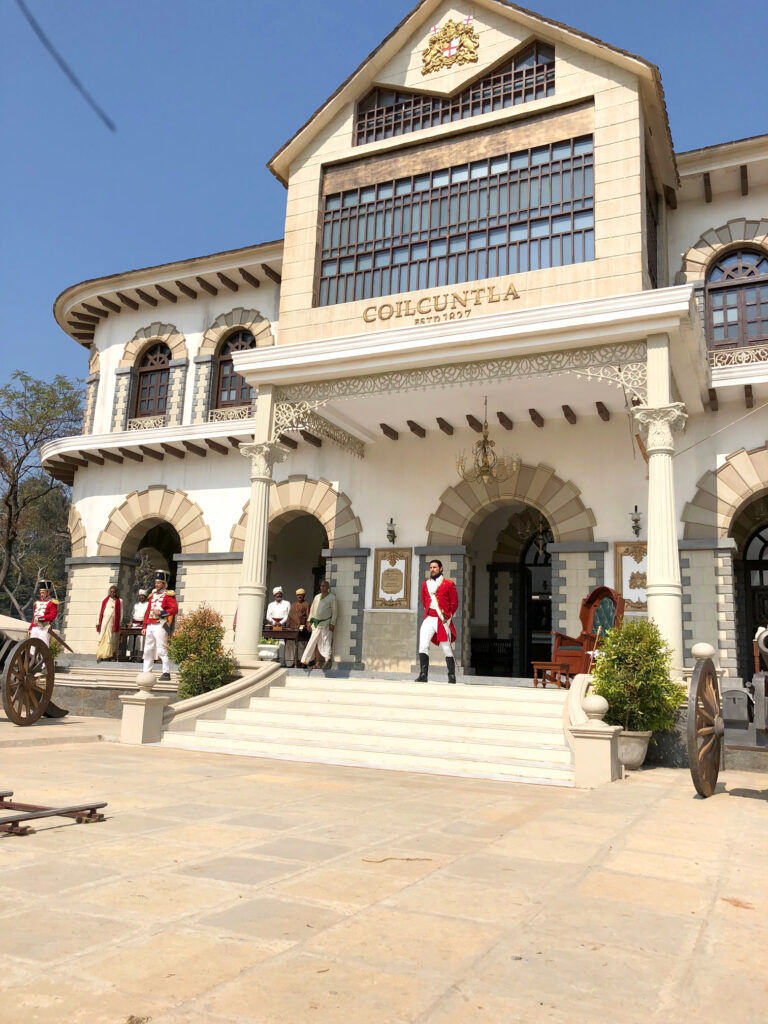
The shooting of the film has already begun, and Nambiar is busy putting together the replica of the Charminar at an aluminum factory on the outskirts of Hyderabad, in southern India.
“It takes around 40 to 50 days to erect any of these structures,” he said. “We are only creating certain portions of these monuments. The rest will be done through VFX.”
“We are yet to decide what portions of the Taj Mahal or the Red Fort we need to construct,” said Nambiar.
Down south, Nambiar is your man if you have the budget to build forts and palaces for your cinematic vision. A literature graduate from Loyola College, Chennai, he began his career working in TV commercials. He ran his own animation and gaming company before starting out as a full-time art director with the 2002 Tamil film “Mounam Pesiyadhe.”
Since then, he has worked on 75 projects.
In the two decades of his career, Nambiar has worked on films across various languages including Hindi, Tamil, Telugu, and Malayalam.
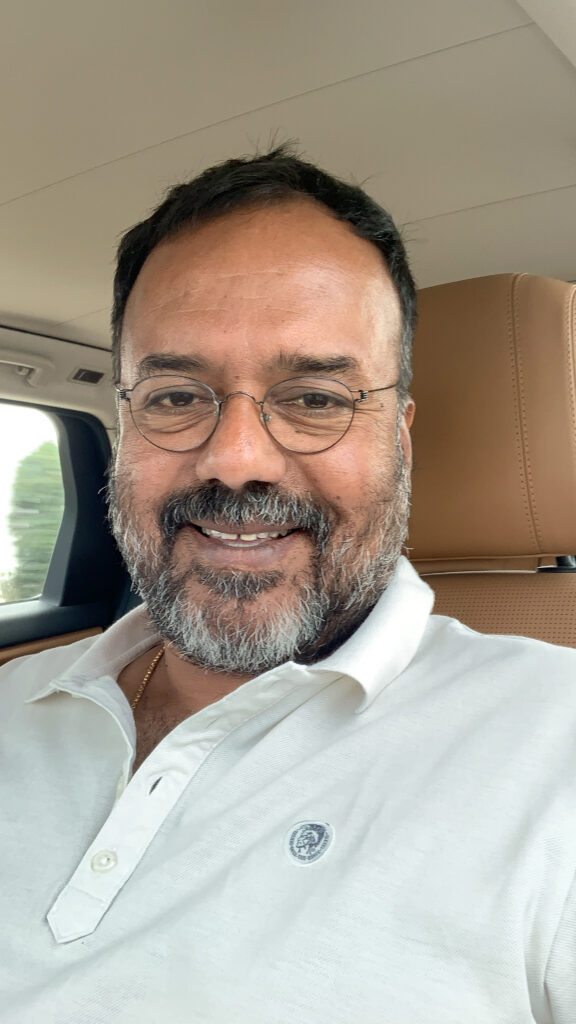
One of the projects he is proud of working on is “Sye Raa Narasimha Reddy”, a 2019 biopic of mid-19th century freedom fighter Uyyalawada Narasimha Reddy. Made on an approximate budget of INR 300 crore ($43.87 million), the film starred Chiranjeevi in the title role.
Nambiar recreated palaces, temples, villages as well as portions of Fort St George, the former British stronghold in the southern metropolis of Chennai.
“Unlike what the audience thought, the film wasn’t heavy on VFX,” he said. “Much of it was shot on actual sets. It took us seven months of pre-production work. We even created an actual working cannon for the film. We tested it using a rubber ball.”
Another project that he is proud of is the 2016 Tamil supernatural fantasy action thriller “Kaashmora”.
“We didn’t have any reference point, so it allowed me to be as creative as possible,” he said. “I have a collection of Amar Chitra Katha (comic books based on Indian mythology), which we referred to. We even went to Rajasthan to meet an expert sword maker. We used Polyurethane foam and fiber, which are light but strong to make the swords and armor. It was the first time I was working with these materials,” said Nambiar.
For everything that Nambiar creates for his film, he is careful to keep visual references and allow necessary amendments if needed.
“All my sets are designed in actual 3D structures before they are erected,” he says. “Everything including texture is visible in the sketches that are shown to the team. My team works on various aspects including conceptualizing and working on intricate designs, but I do all the designing myself. In fact, for “Sye Raa Narasimha Reddy” we even did a virtual reality walk-through.”
Creating sets is important because shooting is not allowed inside many historical monuments. The pandemic has also made some locations unsuitable.
“Photography is prohibited inside the main mausoleum of Taj Mahal,” Nambiar said. “You cannot shoot a battle scene with blast sequences in a monument.”
“Some other locations are too crowded. The Charminar is in a densely populated area in Hyderabad,” said Nambiar. “Also, we are making a period film, so the sets have to be true to the period and cannot have a contemporary background.”
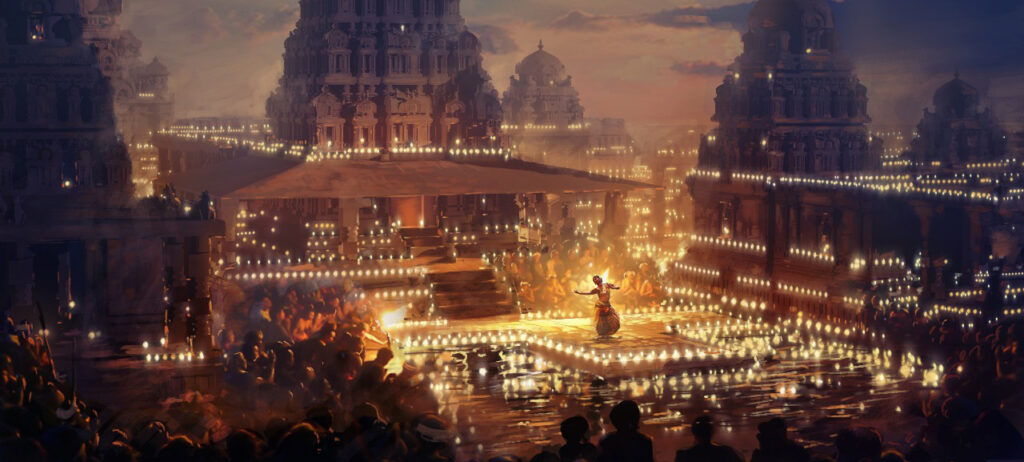
While research about the period is a challenge for Nambiar, a bigger challenge is getting the measurements of monuments accurately.
“You cannot do it with photographs and actually measuring monuments is impossible,” he said. “We photograph a person in front of the monument, measure the height and divide the structure accordingly,” added Nambiar, explaining how the work is done. “We have also used 3D scanners that can capture and project actual three-dimensional measurements.”
Once the sets are up, Nambiar feels like he has created a world of his own.
“That’s what keeps me going.”
Period dramas and fantasy films with lavish sets are not new to the Indian film industry.
When “Mughal-e-Azam,” which released in 1960, was being made, director K Asif gave his team two years to build a set to shoot the iconic song, “Jab Pyaar Kiya Toh Darna Kya (If you are in love, what’s to fear?).”
The set art director A K Sayyad built was 35 feet high, 80 feet wide, and 150 feet long. It was inspired by the Sheesh Mahal, or Palace of Mirrors, in the Lahore Fort in Pakistan. Pieces of glass imported from Belgium were inlaid in the set.
The entire budget of the film was INR 1 crore ($138,000) then.
But art direction has changed considerably since, said journalist Rajiv Keswani, who has recently written a book, “Daastan-e-Mughal-e-Azam,” on the film.
“Earlier art direction involved only set designing and giving an accurate look to a film,” he said. “Art directors now are called production designers. They design the entire look of the film and work closely with the director and the cinematographer.”
“Technology such as VFX is also a big help.”
Film critic Baradwaj Rangan said the two-part Telugu film “Baahubali”, made in the last decade, has set the tone for contemporary movies with larger-than-life sets.
“Baahubali” had set the box office ringing and became an international sensation. While the first film, “Baahubali: The Beginning” (2015) earned INR 650 crore ($89 million), the sequel “Baahubali: The Conclusion” (2017) raked in INR 1,810 crore ($250 million) and was the highest-grossing Indian film briefly.
“Films such as ‘Tanhaji: The Unsung Warrior’ (2020), ‘Manikarnika: The Queen of Jhansi’ (2019), ‘Sye Raa Narasimha Reddy’ (2019), and ‘K.G.F.: Chapter 1’ (2018) have all been high on production design,” Rangan told Zenger News. “In the recent years we have seen a surge of period dramas, which need a lot of production designing.”
“Baahubali” inspired other producers as well, with Tamil sci-fi film “2.0” — starring Rajinikanth and Akshay Kumar — being made on a budget of INR 543 crore (about $80 million) as reported in the media. It went to earn around INR 800 crore ($110 million) at the box office.
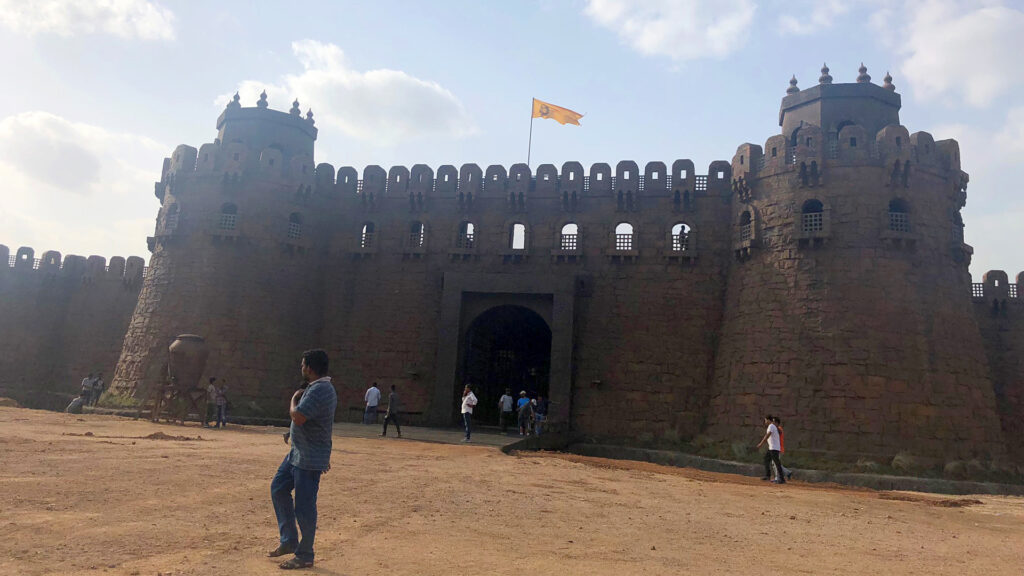
India’s film industry is the largest in the world, with an estimated market size of INR 183 billion ($2.5 billion) in 2020. This includes not only Bollywood — the Hindi film industry based mostly out of Mumbai — but also about 20 regional film industries that make movies in Tamil, Telugu, Kannada, Bengali, Punjabi, Bhojpuri, and other languages.
Insiders and analysts say the film industries in the southern parts of the country are more willing to take risks with big budgets.
The National Family Health Survey (NFHS) 2015-16 data shows that people in the southern states of Tamil Nadu, Kerala, Karnataka, Andhra Pradesh, and Telangana went to the cinema at least once a month. This was nearly double the national average.
“More people watch movies in south India than the rest of the country,” said Amod Mehra, a trade analyst. “The success of films such as ‘Baahubali’ and ‘2.0’ have allowed filmmakers to invest more.”
“Bollywood isn’t far behind, but it is still to enter the league of films from south India,” he added.
The 2018 action-adventure Hindi film “Thugs of Hindostan” was made on an approximate budget of INR 300 crore ($43.87 million) — the highest budget for any Bollywood film till then. But despite starring marquee names such as Aamir Khan and Amitabh Bachchan, whom Americans might have seen in the Leonardo di Caprio-starrer “The Great Gatsby” (2013), it bombed at the box office.
“Padmaavat” (2018), directed by Sanjay Leela Bhansali who has often used spectacular sets and designs, had a budget of about INR 215 crore ($30 million). It starred Ranveer Singh and Deepika Padukone, who has also acted in “xXx: Return of Xander Cage” (2017).
(Edited by Uttaran Dasgupta and Anindita Ghosh)
The post The Man Who’s Building The Taj Mahal appeared first on Zenger News.
